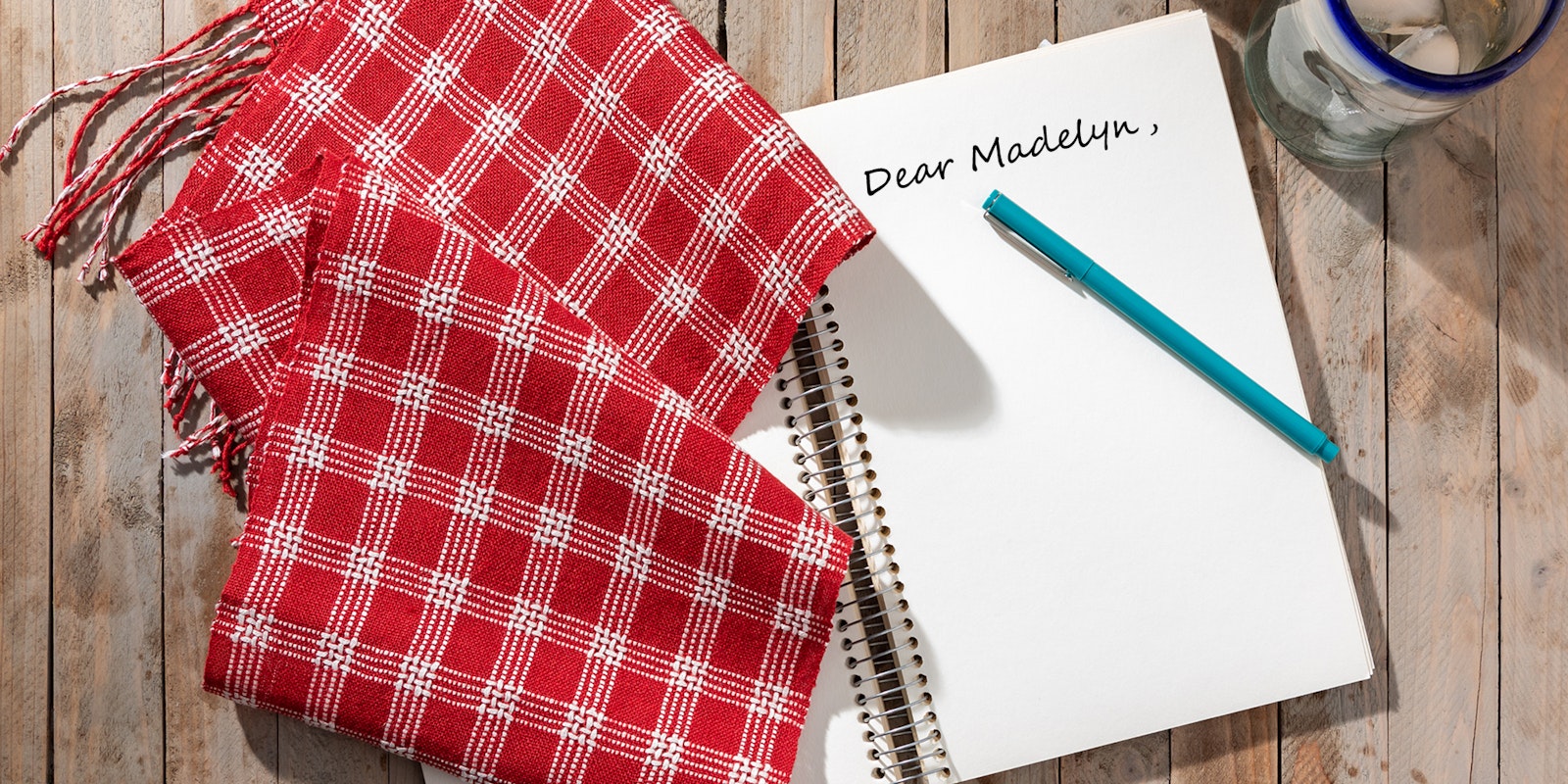I’ve been weaving a long time, and I think I learned way back in the 1980s that weaving yarn uses the count 5/2 to mean five twists to the inch with two single yarns plied together. Well, I was about to write a blog post about weaving yarns, but I see that some yarns are described as 2/14, 4/14, 4/10, and they don’t look like they have that many single yarns plied together. I can’t find any explanation for the counts. Am I just using a term from the olden days?
Thank you!
Lucy
Hi Lucy!
Yarn counts cause great confusion even when they are used consistently—and in the case of weaving yarns, they are not. The source that explains this best (and I consult it often) is The Weaver’s Companion (pages 30–31).
*Here goes a summary: *
In the first place, one of the numbers (the 10 in a 10/2 cotton, for example) is based on the number of yards in a pound of a single strand (of arbitrary thickness) and that number is considered a 1. For cotton (and silk), there are 840 yd/lb in a Number 1 strand. So a Number 10 strand would have 8,400 yd/lb. The other number given for a yarn (the 2 in a 10/2, for example) is the number of strands or “plies” (i.e., how many Number 10 strands) there are in the yarn. If the the yarn contains two strands each equal to 8,400 yd/lb, there will be half as many yd/lb (i.e., half as many 10/2 strands per pound as 10/1 strands). Therefore, there are 4,200 yd/lb in 10/2 cotton (8,400 yd/lb in 10/1 cotton, 2,100 yd per pound in 10/4 cotton, etc.). With 5/2 cotton as an example: five times 840 is 4,200 yd/lb for a single strand and therefore 2,100 yd/lb for the two strands in 5/2. While silk uses the same count system as cotton (840), silk yarn for weaving is usually loftier than cotton, so that although 20/2 silk is the same weight as 20/2 cotton, the yarn appears almost as thick as a 10/2. (This definitely varies and is a result of the degree of twist.)
An additional source of confusion occurs because the arbitrary number 840 yd/lb for cotton and silk is not the same as the arbitrary number selected for a Number 1 strand in other yarns (300 yd/lb for linen, 256 for woolen-spun wools, 560 for worsted-spun wools, for example). This is why 22/2 cottolin (whose number is based on the linen count) is about the same size as 8/2 cotton (3,170 yd/lb for cottolin, 3,360 yd/lb for 8/2 cotton). To add to this confusion, while some manufacturers use a linen count for cottolin, others use a cotton count.
And, to add even one more element of confusion: different yarn manufacturers list the numbers in a different order: 2/8 instead of 8/2, for example. At Handwoven, we’ve tried to consistently give the weight number first, the ply number second.
In the end, once you know that the higher the top number the finer the yarn and also that you can compare the top numbers when the yarn is in the same fiber, you really don’t need to know all the information in the summary above. You know that 5/2 cotton is twice as thick as 10/2 cotton and 20/2 cotton is twice as fine; 8/2 wool is a lot thicker than 20/2 wool. Whenever I have any questions about yarns and how they should be sett or their relative thickness, I consult the Master Yarn Chart.
—Madelyn

